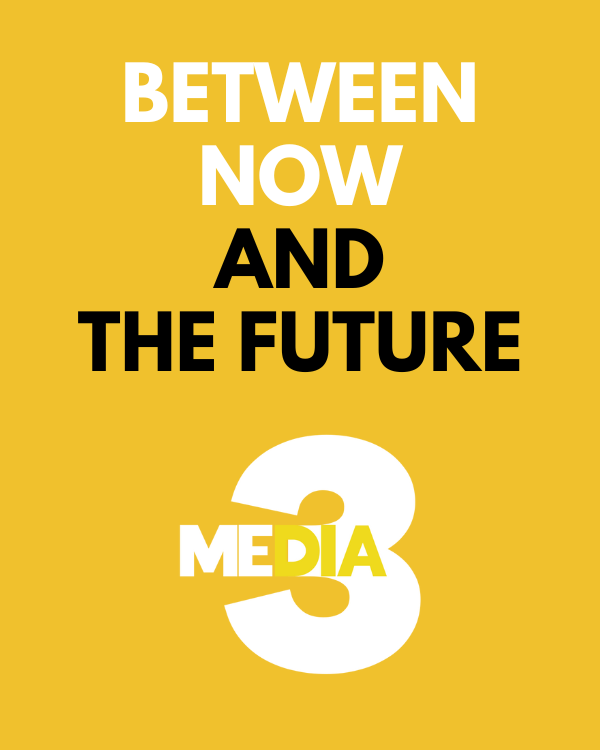10 Years of Cardano, the Road to Decentralization

Ten years. Ten years of painstakingly precise development is what it took for Cardano to complete the roadmap created back in 2015. That year, Charles Hoskinson accepted an invitation from a group of individuals who had watched his TED Talk on why the future would be decentralized. Little did they know, that moment would mark the beginning of one of the most ambitious blockchain projects ever undertaken.
Charles, by his own admission, likely would have become a math teacher had he not embarked on the journey to create Cardano.
The Development Stages
Cardano’s journey has unfolded in distinct stages:
- Byron: The initial development phase
- Shelley: The decentralization phase
- Goguen: The smart contract phase
- Basho: Optimization and scalability
- Voltaire: Governance
In retrospect, while development may have felt slow at times, the first four stages were relatively straightforward. Most of the heavy lifting was handled by InputOutput, the in-house company founded by Charles Hoskinson. Over time, however, more independent developers and development teams began to contribute to Cardano’s evolution.
But as of yesterday, January 29, 2025, that era of centralized leadership has come to an end. With the Plomin hard fork, Cardano has officially transitioned to full decentralization. Now, decisions regarding the software’s direction, the philosophy of the project, and—perhaps most notably—the future of the Cardano treasury, rest solely in the hands of the community.
A Treasury with Power
At present, the Cardano treasury holds approximately 1.6 billion ADA—roughly equivalent to 1.6 billion USD at current market rates. This presents a substantial opportunity for the community to shape the project’s future.
One of the most significant criticisms in 2024 was the perceived lack of marketing from Cardano’s founding entities—Emurgo, the Cardano Foundation, and InputOutput. However, as of January 29, 2025, that criticism is no longer relevant. The community now has the ability to submit proposals directly for funding from the Cardano treasury. In fact, the treasury is now capable of funding up to 1,000 projects with a development cost of 1 million dollars each, all in a single proposal cycle.
The Future of Catalyst
This brings us to Catalyst, the governance platform that has previously allowed projects to request funding from the treasury. With the transition to full decentralization, will Catalyst continue to exist?
The answer, as always, lies with the Cardano community. The community now has the power to determine whether Catalyst continues, evolves, or is replaced with something new. Personally, I believe Catalyst should not only continue but that competing governance platforms should emerge, fostering healthy competition and innovation.
But first things first: the Cardano Constitution, which was successfully voted on in Buenos Aires in December 2024, still needs to be ratified. Then, the community will need to establish a budget for 2025 and determine the next phase of the roadmap.
A New Era
The journey has been long, and the patience of ADA holders has often been tested. But for the first time, Cardano now has the possibility to fulfill its potential as the true kingmaker of the cryptocurrency world.
